The house of Vasil Levski, Bulgaria’s national hero and organizer of the anti-Ottoman movement in the 19th c. has always been one of the most visited 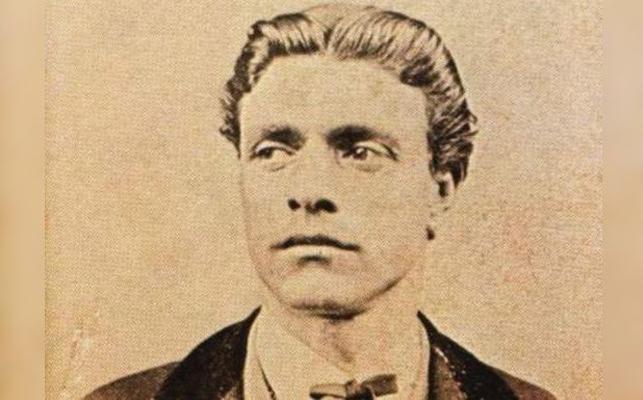
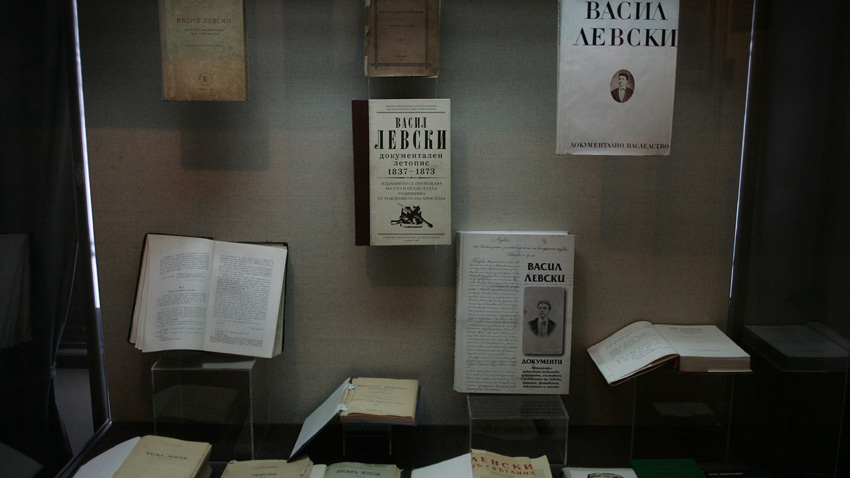
The Vasil Levski Museum in Karlovo has been included in the 100 National Tourist Sites List and some 35,000 per year visit the place.
The guides’ story begins with the house’s history and the fact that it was “lifted up from ashes”, as the subject has been abused for many years, chief curator at the museum Dora Chausheva says.
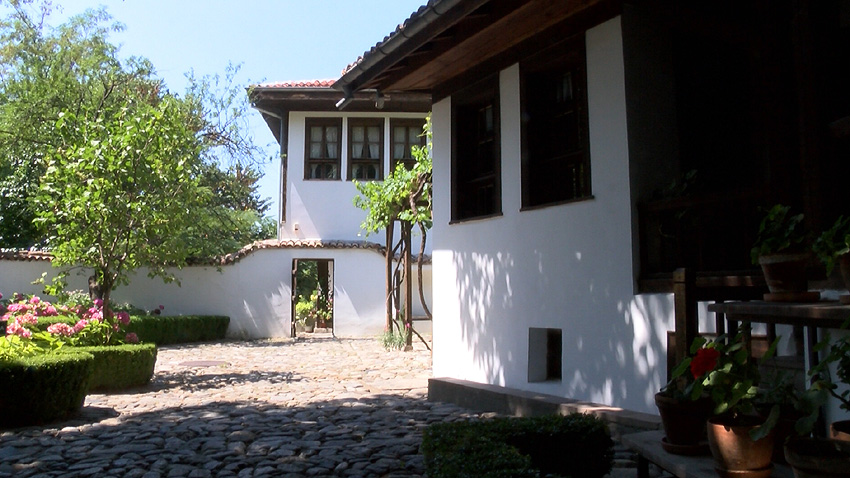
“One of the versions has spread the rumor on the deliberate setting of the house on fire, but such thing never happened", Mrs. Chausheva goes on to say. "The 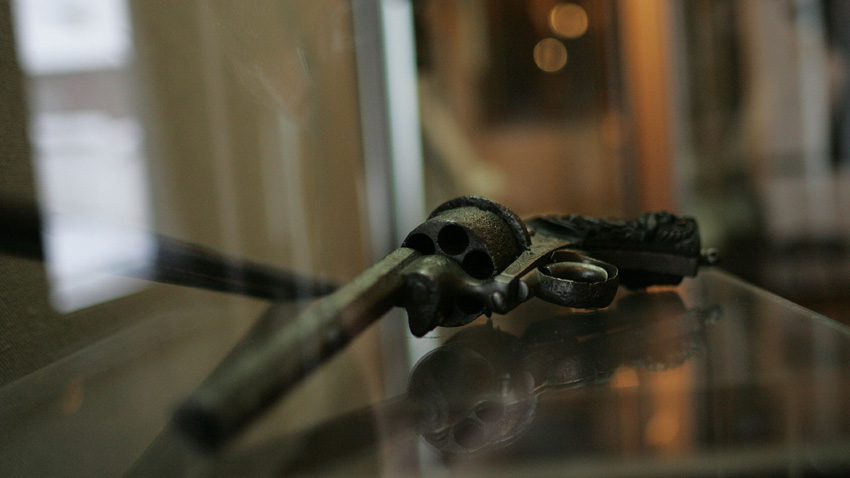

The house has been a museum for nearly 80 years now and today it is the center of an entire museum complex that has preserved the memory of the Apostle, his family, relatives and revolutionary activities back in those days.
The flag of the Karlovo revolutionary committee is one of the interesting exhibits of the memorial display. This year we mark the 140th anniversary of the start of the April Uprising. Dora Chausheva gives us more details on the curious destiny of this precious relic:
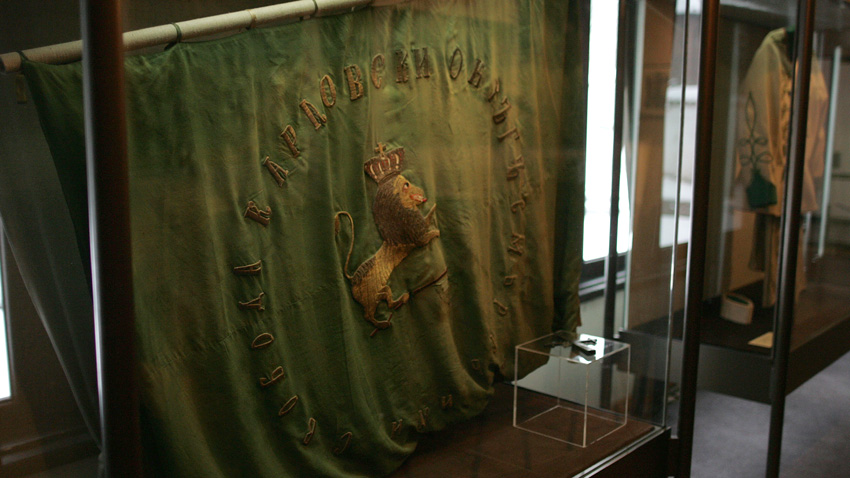
“Created by several girls from Karlovo, as ordered by Levski, this flag became the prototype of the one, embroidered by Rayna Knyaginya. During a visit to Karlovo the apostles of the 4th Revolutionary District saw the flag, left behind after the Apostle’s death and they ordered the sewing of another one. On the day when the Blood Letter of Todor Kableshkov was read, the revolutionaries hurried to attach it to a stick and so the April Uprising in Panagyurishte kicked off… One of the most precious things at our museum is a lock of hair of the Apostle, preserved by his mother and later on – by his sister Yana. We should be really thankful to them, as we don’t actually know for sure where the grave of Vasil Levski is,” curator Dora Chausheva says in conclusion.
English version: Zhivko Stanchev
The Regional Museum of History in Turgovishte in the old, Revival-time part of town, called Varosha, houses over 30,000 exhibits. Some of the artifacts, discovered by archaeologists in these parts, go as far back as the Neolithic age. The..
In Bulgaria’s Northwestern corner a fantastic rocky landscape meets the eye – the towering Belogradchik rocks inspire awe and deference in any onlooker. The area is studded with yawning abysses, canyons and caves, gateways to the kingdom of..
“On 17 August 986 the warriors of Samuel smashed up on this spot the Byzantine invaders of Emperor Basil II. Glory forever!” These are the words engraved on a stone plate, placed at the Trayanovi Vrata (Gate of Trajan) fortress, situated some 60 km to..

+359 2 9336 661
